February 4, 2024
M.Zuiko 150-600mm f/5-6.3 IS ED Lens | Initial Thoughts
M.Zuiko 150-600mm f/5-6.3 for Wildlife Photography
I suspect wildlife photographers and especially those of you who do a lot of bird photography will be excited about this lens.
150-600mm equivalent to 300-1200mm in full frame!
I’ll refer a bit to the 150-400mm f/4.5 (1.25x) and the 100-400mm f/5-6.3 lenses throughout this blog to compare some features.
The Lens
Weight and Size
The M.Zuiko 150-600mm weighs about 2.3 kg with lens hood and cap. This is about the same as 150-400mm 1.25x at 2.2 kg (with lens and cap). The 100-400mm f/5-6.3 weighs about 1.4 kg.
100-400mm, 150-600mm and the 150-400mm (1.25x)
M.Zuiko 150-600mm f/5-6.3 with lens hood on
M.Zuiko 150-600mm f/5-6.3 fully extended to 600mm
Front lens diameter is 95mm same as the 150-400mm 1.25x, the 100-400 is 72mm.
Buttons
The lens has three buttons around the barrel, so you can use whichever suits when holding the lens in various positions. You can program the button in the menu (they can only be programmed as one quick button)
Switches
Right Side there’s a switch for the zoom with three positions
L – Locks it in place (good for when walking around on a sling)
T – Tight – It takes more effort to rotate and zoom
S – smooth – It’s got a loose feel and easy to quickly zoom in and out
Left Side – from the bottom
IS – on/off
AF/MF
Focus Limiter 0.56/2.8m – 10m | Full | 10m to infinity
0.56/2.8m means it has a variable minimum focus distance, so at 600mm the minimum focus distance is 2.8m.
Switches on the 150-600mm and attachment for my sling
Tripod Collar
The tripod collar has built in tripod plate.
It’s got circular bits on the side like the 150-400mm has and I find them great for leaving attachments for my sling.
Reach
The main selling point of this lens is obviously going to be its incredible reach.
150-600mm is equivalent to 300-1200mm full frame – I also tried it with the 1.4x teleconverter to give me a mind-boggling 840mm or 1680mm equivalent to full frame.
To get a sense of what that looks like you can check out my photos of a muskox at a roughly similar distance.
M.Zuiko 150-600mm at 150mm:
OM-1ii, 150-600mm, 150mm, f/5.6, 1/320s, ISO 800
M.Zuiko 150-600mm at 600mm:
OM-1ii, 150-600mm, 600mm, f/6.3, 1/400s, ISO 1000
M.Zuiko 150-600mm w/ 1.4x teleconverter at 840mm:
OM-1ii, 150-600mm + 1.4x, 840mm, f/9, 1/160s, ISO 800
I’m standing far away and I got a sharp, frame filling image of the muskox which is pretty incredible!
One day I was lying by the water’s edge near my family’s home in Bergen, some of the hooded crows near me were very skittish as crows usually are with people, being very smart and all. However, with the 600mm reach I was able to photograph a hooded crow by lying out in the open and just zooming in. This bird was standing on the ice and pecking at it, and I thought it just had to be converted to a black and white image!
I use DxO Nik Collection Silver Efex to convert images to Black & White. Try it out 30 days for free.
Hooded crow | OM-1ii, 150-600mm, 600mm, f/6.3, 1/250s, ISO 2500
Close-up of a Mallard | OM-1ii, 150-600mm, 473mm, f/6.3, 1/80s, ISO 800
Want to learn more about how I setup and use my cameras? Check out my course on the OM System for Wildlife Photography
I will update the course for the new OM-1 Mark II
The national bird of Norway is the dipper, and the Norwegian name for it is “fossekall”, meaning call of the waterfall. One day I found a dipper at the edge of a frozen lake, it actually jumped into the water and swam under the ice to feed! I’m captivated by dippers and it was really useful to have the 150-600mm to lie on the shore a bit away from the bird and still get it pretty large in the frame.
Dipper on the edge of a frozen lake | OM-1ii, 150-600mm, 548mm, f/6.3, 1/50s, ISO 1600
Bokeh
One of the factors that gives a nice blurred out background in an image is the focal length. So a 600mm focal length goes a long way to help smooth out that background so that the subject pops in the frame.
In the tufted duck image below I wasn’t able to get all the way down to the waters edge to take my shot. So shooting at a slight angle down on the duck, I’m very happy with how the water in the background fades away out of focus.
Tufted duck | OM-1ii, 150-600mm, 600mm, f/6.3, 1/160s, ISO 1250
With the new OM-1 Mark II
The improved image stabilisation of the OM-1ii makes it fun to experiement with slow shutterspeeds to try to create something different.
This image of the female mallard duck is taken at 1/8th of a second handheld – so you can imagine there’s a lot of room for creative use of slow shutters with this setup.
Mallard duck | OM-1ii, 150-600mm, 240mm, f/9, 1/8s, ISO 80
Dipper flapping its wings | OM-1ii, 150-600mm, 600mm, f/6.3, 1/30s, ISO 800
Auto Focus
I mostly tried the 150-600mm lens with the new OM-1 Mark II and it seemed very good and reactive when using the Bird AI Subject Detection AF.
Below you can see the results of trying out photographing birds in flight using the 150-600mm and the Bird AI Subject Detection on the OM-1 Mark II. Due to low light on the day I tried with slow shutter speeds and panned with the subject. The Bird AI Subject Detection was really good and picked up the birds fast as they took their short flight in my direction.
Mallard in flight | OM-1ii, 150-600mm, 391mm, f/6.1, 1/80s, ISO 400
Below is an image of an eider duck from a distance in backlight, and again the Bird AI Subject Detection get the bird in focus right away in tricky conditions.
Eider duck | OM-1ii, 150-600mm, 600mm, f/6.3, 1/1600s, ISO 800
Limitations of the M.Zuiko 150-600mm
A couple of limitations I’ve noticed:
-
2.8m min focus distance means you do have to move back a bit if you’re close to you’re subject (Both the 150-400mm 1.25x and the 100-400 has a minimum focus distance of 1.3m)
-
Limited to 25 fps with continuous AF and Exposure
For me 25 fps is more than enough for most of my shooting, but I do like to use Pro Capture SH2 at 50 fps for C-AF
Over the next couple of weeks I’ll be releasing more videos on the new OM-1 Mark II and the M.Zuiko 150-600mm lens so be sure to subscribe to my YouTube Channel!


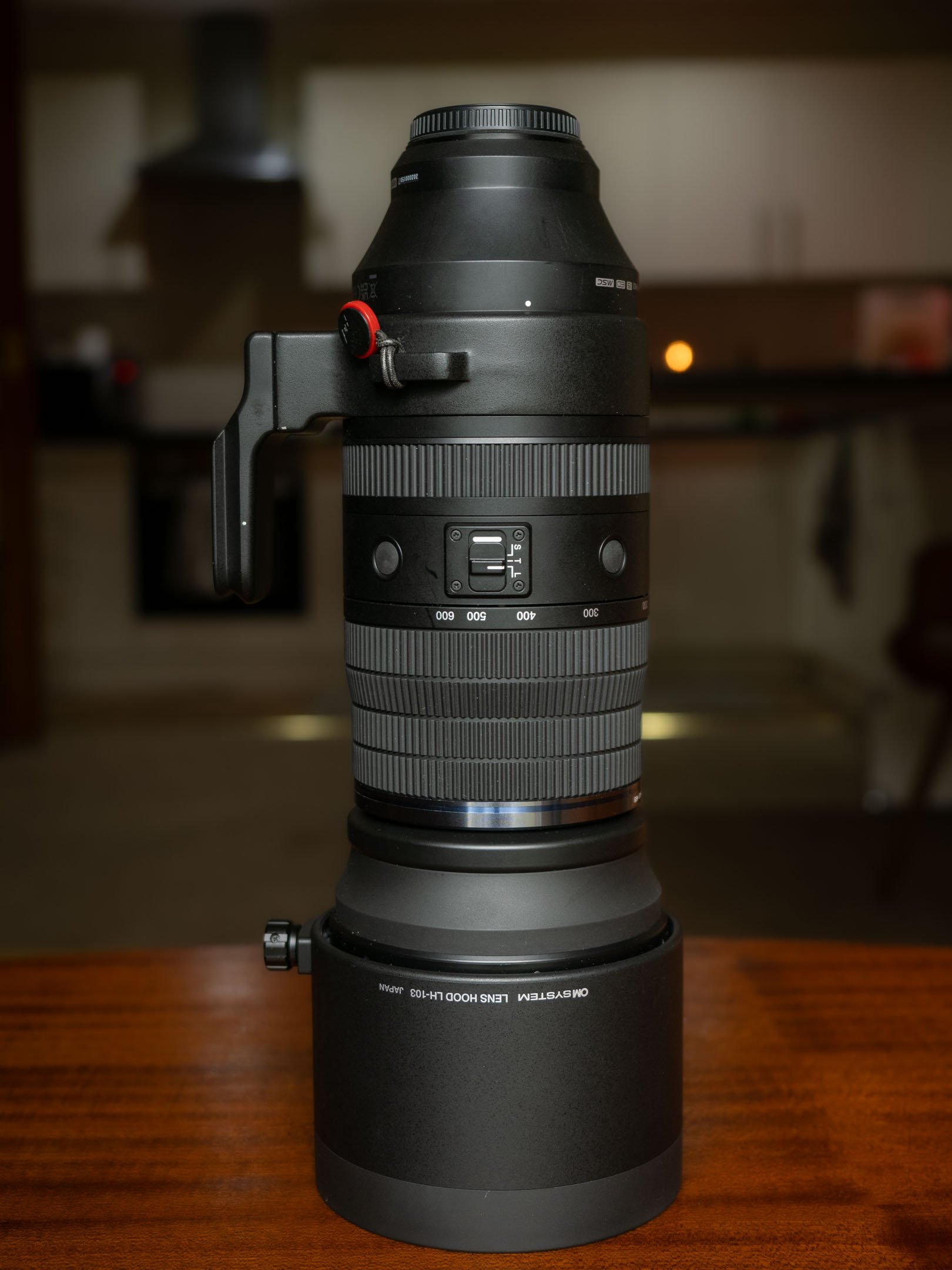


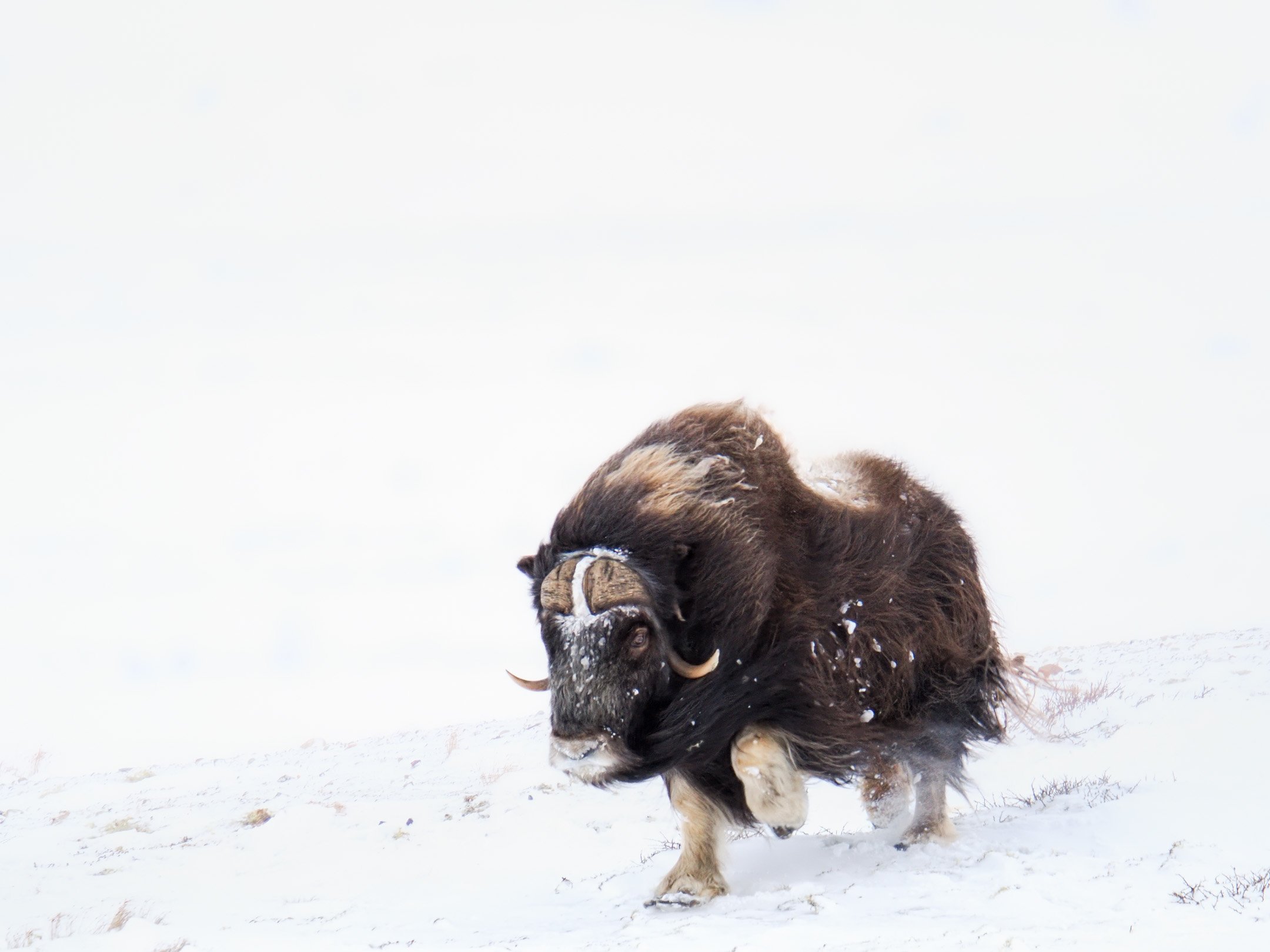
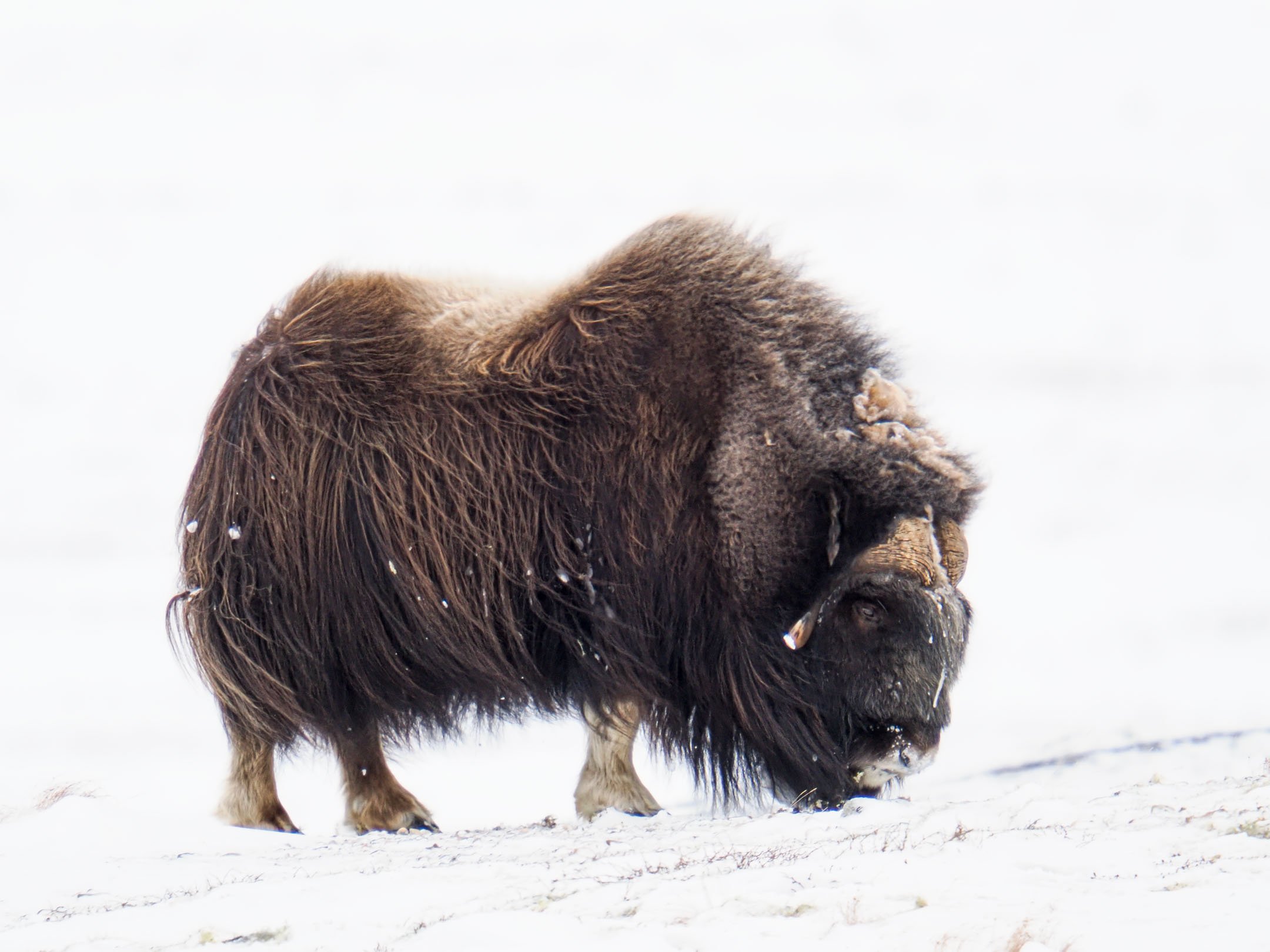



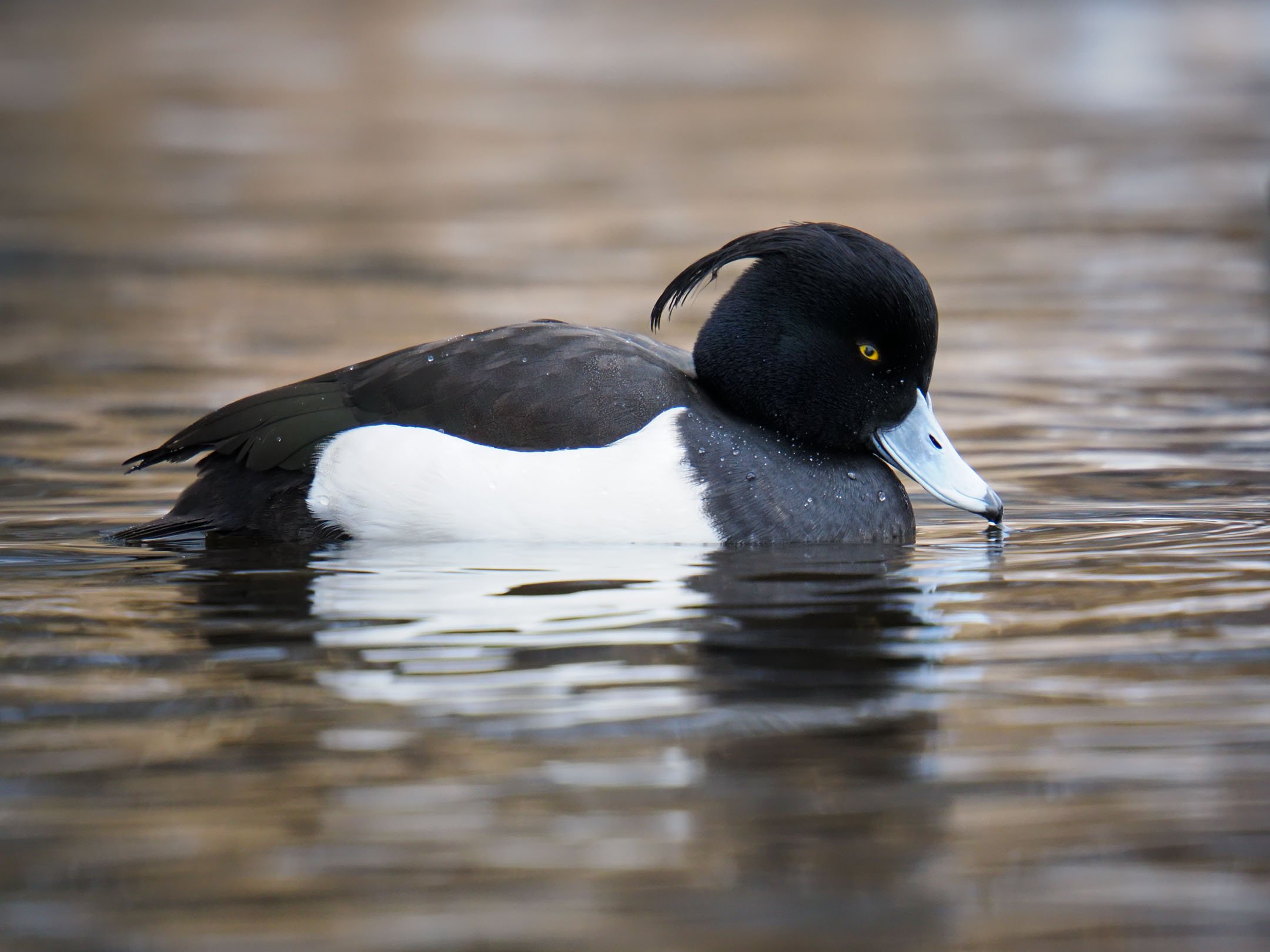
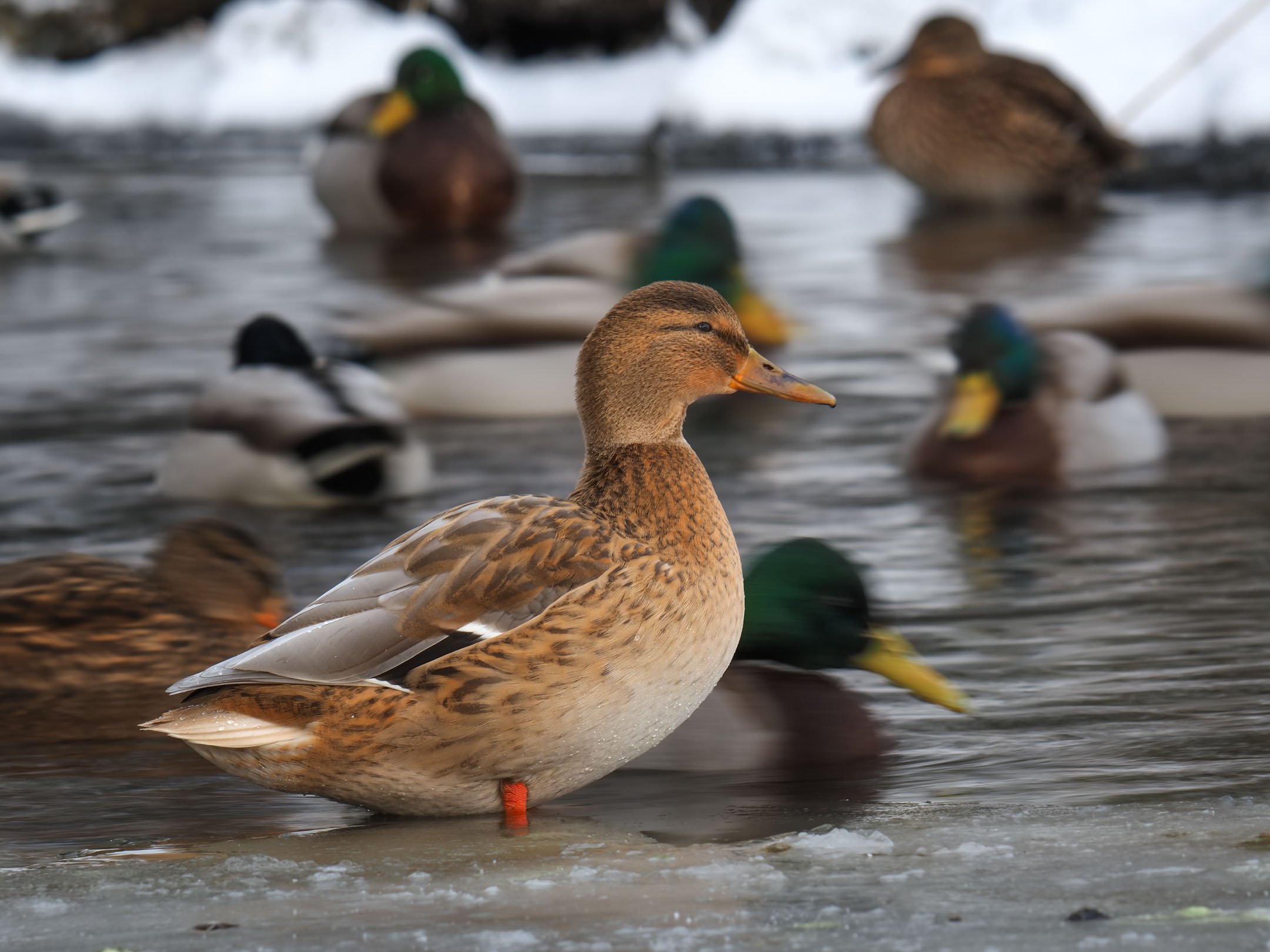



be the first to comment